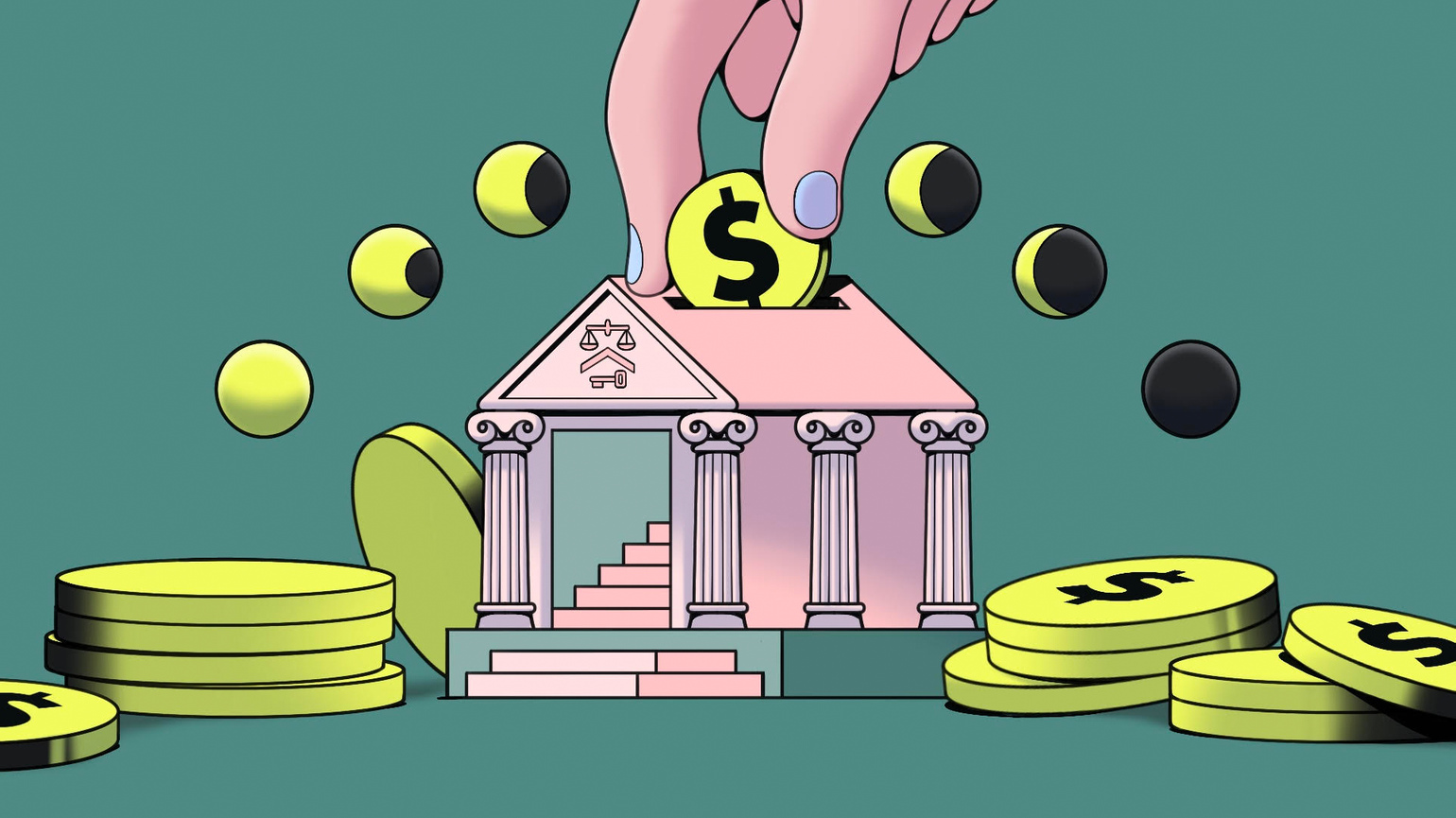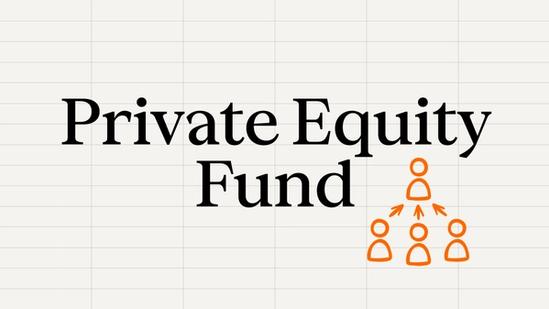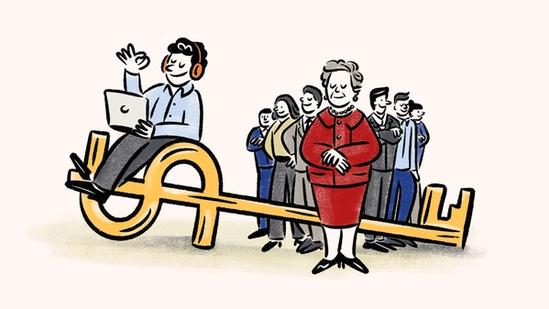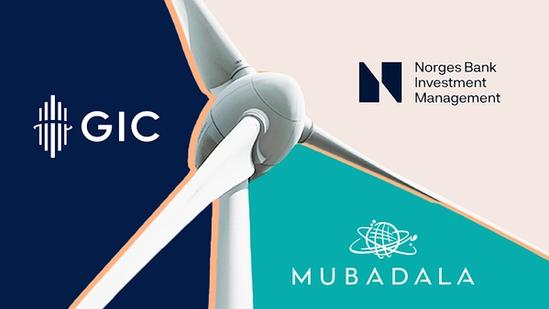Pension Funds and Private Equity – How They Work Together


Pension funds pool retirement savings to invest in diverse assets, including private equity, offering unique opportunities to enhance long-term returns and financial security.
- Pension funds are large, institutional investors that invest on behalf of people who are saving for retirement
Pension funds are trusted to invest and grow the savings of millions of ordinary investors in order to provide them with an income in retirement. Private equity can play an important role in diversifying the assets of these funds with the potential of providing long-term stable returns.
Pension funds in a nutshell
A pension fund is an investment fund that takes in money, known as contributions, from investors who are specifically saving for their retirement. A pension fund invests this money with the aim of growing it in order to provide the investors with an income – a pension – later in life.
Pension funds hold, manage and invest very large sums collectively on behalf of retirement investors. They invest in a range of assets – including company shares, bonds, real estate, commodities, and private equity. Pension funds are long-term investors, investing with a time horizon of decades or more, in line with restrictions on at what age investors can access their money.
As a type of institutional investor controlling large amounts of cash, pension funds have an influential role in the global investment landscape. They fund a wide range of large-scale projects, companies and governments globally.
The Global Pension Assets Study estimates in 2023 global pension fund assets across 22 major pension markets now stand at US$47.9tn in pension assets and account for 62 percent of the GDP of these economies.
The U.S. remains the largest pension market followed, at a significant distance, by Japan and Canada. These three markets account for over 76 percent of pension assets in the largest 22 pension markets, according to the study. The UK is in fourth place.
How pension funds work
Investors pay in contributions, and then the fund’s manager uses these to buy what are called units – a portion of the fund – on the investors’ behalf. Each investor owns their units, but, for the purpose of investing, all investors’ money in the fund is pooled.
The pooled nature of the pension fund gives investors more buying power overall – meaning access to many more investment opportunities – as well as the fund manager’s expertise than they would typically be able to get alone.
The fund manager’s goal – and there may be a team of managers running the fund – is to pick investments that will grow over time. This could be through increases in the share prices of the companies the fund invests in, dividends from shares, rents from real estate, or interest earned on fixed-income assets like bonds. Returns are not guaranteed, but generally investing in pension funds over a long period is more likely to increase the value of savings versus holding the money in cash, which generally depreciates over time.
Pension funds come in different risk levels to cater to different investors’ attitudes to risk and how far away they are from retirement. Investors typically want to take on less risk the closer they get to retirement to preserve the capital they will shortly need to begin withdrawing.
These risk levels have different labels but typically go from cautious (lowest risk) to balanced (medium risk) to adventurous (highest risk). Historically higher-risk investing has meant higher returns over the long term but is more likely to include periods of short-term volatility and loss.
When an investor reaches retirement age – which varies between jurisdictions – they can begin withdrawing money from the pension fund. An investor can take all their money at once, but typically keeps it invested with the pension fund while making regular withdrawals, which the pension fund manages.
Why pension funds invest in private assets
Private market assets offer pension funds a range of investments, including new and innovative opportunities, to consider in the interests of retirement savers. Private equity can, under appropriate governance structures, serve as part of a diversified pension fund investment portfolio, potentially contributing to long-term returns in alignment with the fund’s objectives.
Pension funds began investing in private equity in North America in the late 1970s to diversify into “non-traditional” asset classes, against a backdrop of weak performance for their more traditional investments in listed equity markets. The period of low interest rates from 2010 to 2022 pushed more pension funds, including European, to pursue a search for yield, with them increasingly turning to private equity to satisfy this need.
Access to private market assets for pension funds can be achieved in different ways, including through closed or open-ended limited partnership arrangements, regulated funds and collective investment vehicles, pooled funds offered by investment service providers, for example, fiduciary managers, fund of funds, and via co-investments or direct investments.
A limited partnership is the most common way pension funds invest in private equity (PE) funds. A limited partner (LP) invests but does not take an active role in the daily management of the investment. The private equity fund is managed by the private equity firm, known as the general partner (GP).
The GP retains liability for the actions of the partnership, which can last as long as 12 years. The pension fund might be expected to commit capital to the PE fund over three to five years, with revenues from sales distributed throughout the fund’s life.
Capital gains are shared between the limited partner investors and the private equity fund manager. This structure aligns with the incentives of the private equity manager with the goal of capital appreciation, although outcomes depend on market conditions and the performance of the investments.
Examples of prominent pension funds
The three largest pension funds in the world are, in order, the Government Pension Investment Fund (GPIF) of Japan (US $1.59tn), the Norwegian Government Pension Fund (US $1.58tn) and the National Pension of South Korea (US $801bn).
The GPIF has had an investment strategy since 2020 investing in a mix of roughly 50 percent stocks and 50 percent bonds, made up of 25 percent domestic equities, 25 percent international equities, 25 percent domestic bonds, and 25 percent international bonds.
Only 1.46 percent of GPIF’s overall portfolio is allocated to alternatives, of which 0.28 percent is invested in private equity. However, the value of these holdings increased in the 12 months to 31 March 2024, growing by 46 percent to US$4.2bn.
In terms of allocations to private equity, the two California pension funds — California State Teachers’ Retirement System (CalSTRS) and California Public Employees’ Retirement System (CalPERS) — had the largest amounts globally at $46.73bn and $46.26bn, respectively in April 2023, according to analysis by S&P Global.
However, CalPERS, the biggest public pension plan in the U.S., announced plans in March 2023 to increase its holdings in private markets by more than $30bn – from 33 percent of its fund to 40 percent – while at the same time cutting its investments in stock markets and bonds, in a bid to improve returns.
CalSTRS – the second largest pension fund in the U.S. – predicted in January 2024 that its private equity portfolio will generate between US $10bn and US $20bn in positive cash flow in the next five years.
The fund cut its global equities allocation by 4 percentage points in 2023, in favor of using 2 percent of that to allocate to new private debt allocation instead. The fund had previously invested in private lending through its innovation investments, and the move last year marked the first time private debt has had its own allocation in the pension fund.
ThinQ by EQT: A publication where private markets meet open minds. Join the conversation – [email protected]




